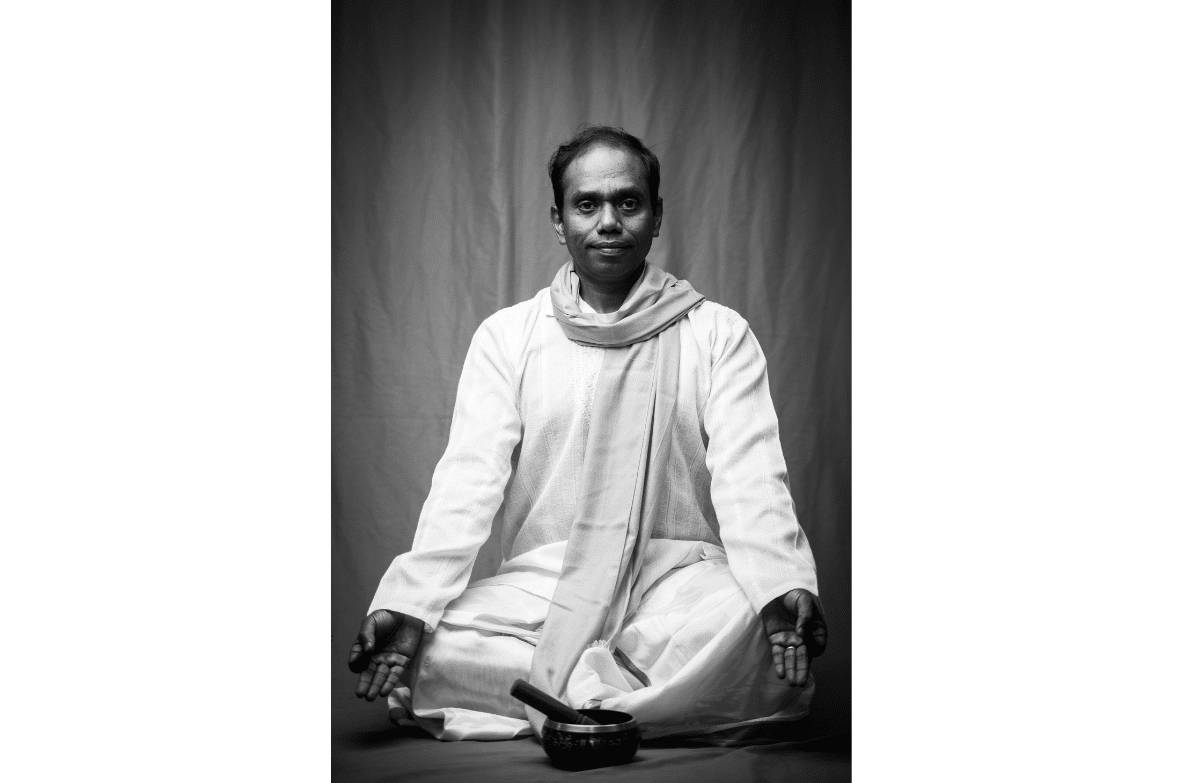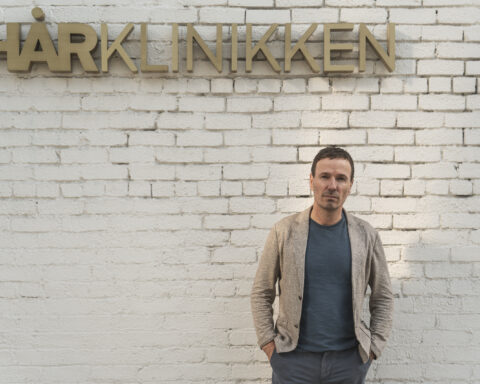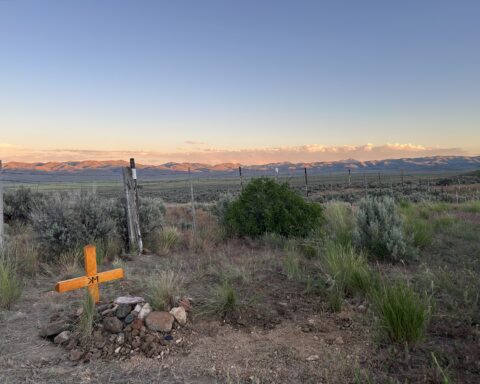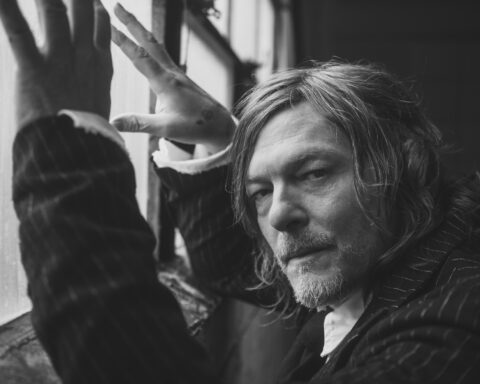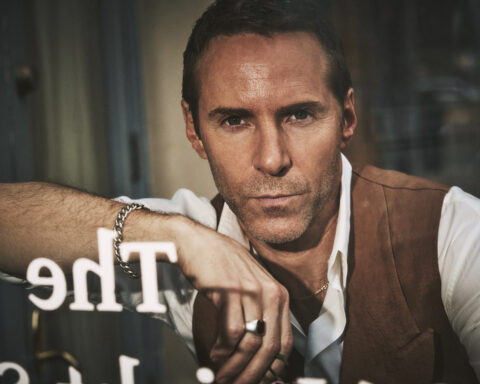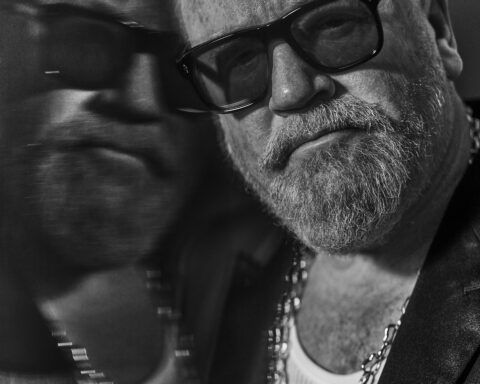Siddha medicine is one of the ancient Indian traditions, using only sustainable natural components for healing. But it’s not just about consuming herbs and supplements — it is also about changing the lifestyle.
Practitioners of Siddha medicine focus on three components within the body — fire, water, and air. Fire is our metabolic activity, you have to burn in the right way. Water is anything connected to the water channels in the body — salivation, lacrimation, urination, digestion, lactation. These water channels respond positively when you are relaxed, that’s why a mother can feed her baby better if she sings a lullaby. And air is everything related to the breath and the vital energy. These three elements have to be in balance to heal physical illness, mental illness, and prevent diseases.
Pranayama — a breathing technique that is a key aspect of yoga practice — is an important way to find this balance. We can use breathing exercises as a key to open the door to your consciousness, self-awareness, and self-realization. Siddha medicine teaches we are all part of the supreme nature — we came from nature, and we go back to nature. Our actions, illusions, and ego can separate us from nature, but the practice of yoga — in particular pranayama — helps us to reconnect.
But for some people, they don’t want to consider their consciousness, they just want to learn to breathe better because they have shortness of breath, anxiety, or stress — and that’s fine too. Everyone can benefit from breathing exercises, you can tailor the practice for you. Much of the Siddha teachings — that includes medicine, philosophy, lifestyle, literature — are in the Tamil language and not translated, or translated in a way that are not inclusive of many different ideas or cultures. So I’m working on translating these texts, that were written 2000 to 3000 years ago, in a way that works for modern life.
I was born in Tamil Nadu, India, into a family of Siddha medicine practitioners. I then had the opportunity to learn at a college in India that was named after Swami Vivekananda, a disciple of Shri Ramakrishna, and one of the leading yogis of the 19th century who brought the Indian philosophy to the Western world. I then did my PhD in biochemistry, and came to America to continue my research into cell biology. Back in 2005, I was testing an ancient exercise from a Tamil text, and started to connect how salivary stimulation can be a powerful tool, and can be changed through breathing exercises and other forms of mindfulness. That was a eureka moment for me. And since then I have remained dedicated to connecting my experience of ancient breathing exercises with modern science.
People don’t know the power of their breathing. Your brain is constantly watching how you are breathing to get information about the environment you are in. It’s your sixth sense. Breathing exercises change the way our nervous system functions, especially how you can stimulate the relaxation response and the parasympathetic nervous system. Slower breathing will stimulate and improve your attention, memory, and cognitive functions.
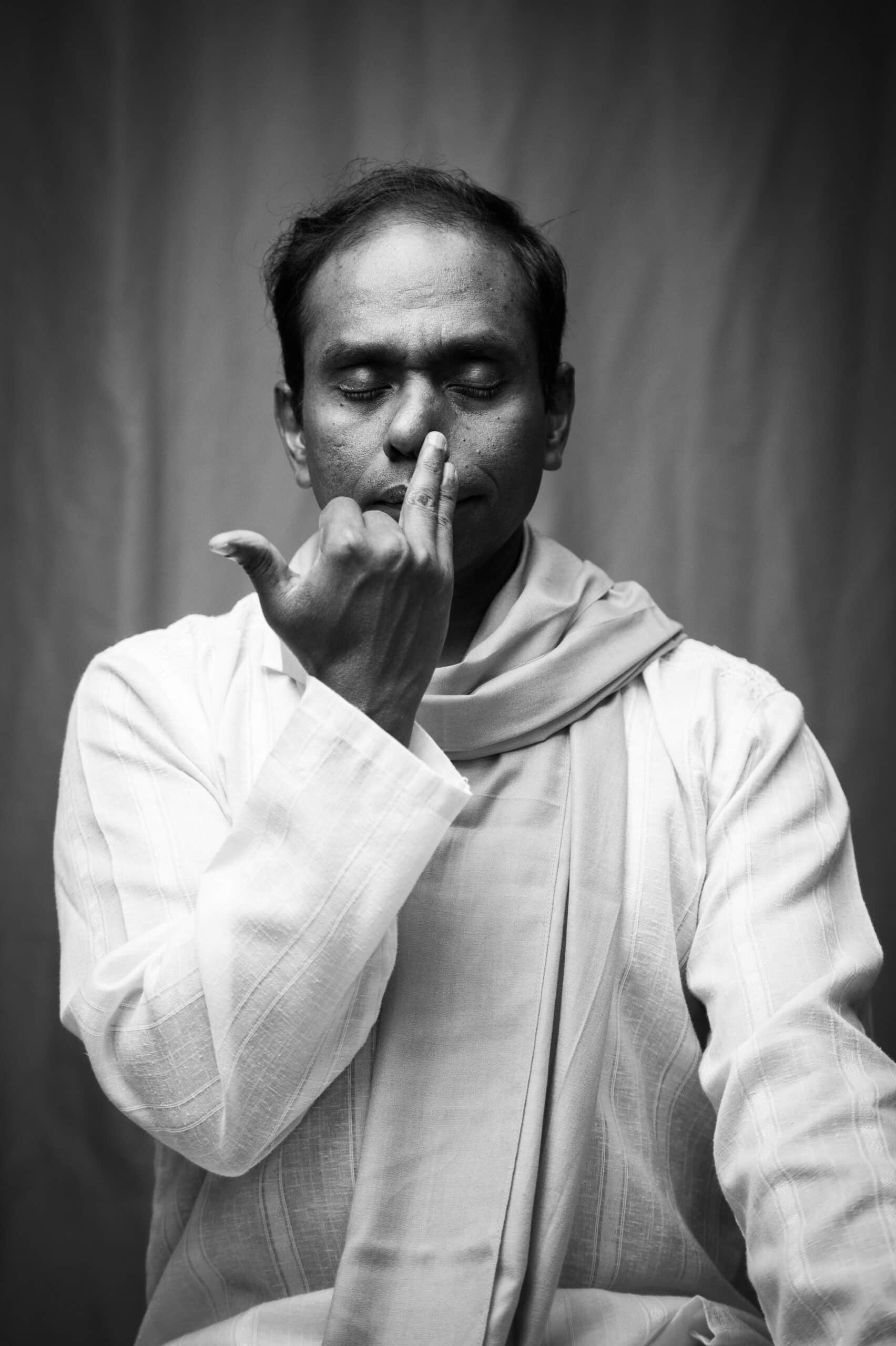
In 2017, I founded PranaScience to teach the benefits of pranayama, which I run alongside my research at the Medical University of South Carolina. We currently have some important projects going on. One is an app for cancer patients to learn breathing exercises after radiation treatment to improve their quality of life, salivary secretions, and reduce the severity of symptoms including anxiety, depression and stress. This can happen through the triggering of the relaxation response, and through improved mindfulness. The stimulation of tumor suppressors and other immune response factors are currently being studied in our laboratory. Another area we are looking at is aging, and offering gentle yoga and restorative breathing programs to help with neurodegenerative diseases like Alzheimer’s. This improvement can happen through the production of neurotrophic factors such as the nerve growth factor that we showed to be stimulated upon the practice of pranayama.
Alongside these projects, and my medical research, I also teach group and one-on-one breathwork workshops through the Health and Wellness Institute of MUSC. Here are three simple exercises we can all try to use our breath to improve our physical and mental health:
Humming
Humming is a good way to help us breathe consciously, extend our exhalation, stimulate the sinuses, and help to release nitric oxide, and stimulate salivation. Many of us suffer with pollen this time of year, so it may be a good way to manage some of those allergic responses. Take a deep breath, then exhale as a hum for as long as you can. With the lifestyle we have now, hunched over computers and phones, we breathe very shallow — maybe 20 to 30 times a minute. Humming exercises bring that down to three to five times a minute. Try it for five minutes at the top of each hour. We have developed an app, called Humma, that can help improve humming.
Rectangular breathing
Breathe in and breathe out for the same amount of time, and hold in and hold out for half that duration. Think of it like a rectangular box. In for four counts, hold for two counts, out for four counts, hold for two counts. The mindfulness of this practice, alongside the small changes in the levels of oxygen and carbon dioxide, improves the efficiency of your vascular system. Five minutes is enough to make a difference.
Alternate nostril breathing
People don’t realize there is a cycle in the nasal system, and the left and right alternate throughout the day and night — sometimes the left is more open, sometimes the right. Try alternate nostril breathing to gain awareness of the two nostrils, and their pattern — inhale through the right and out of the left, and then vice-versa. Because to know our breathing is the first step to knowing ourselves.
Learn more about PranaScience


